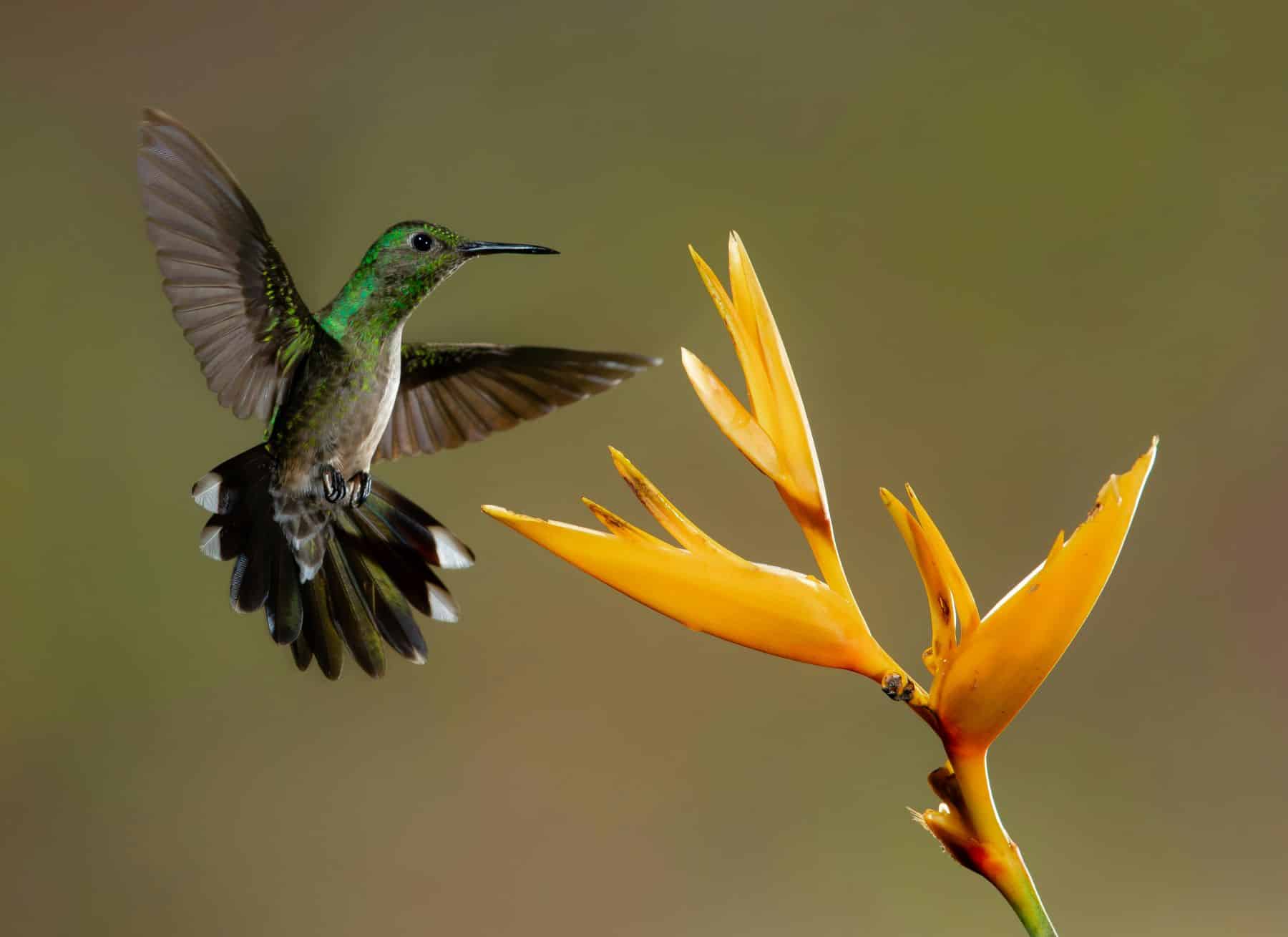Biotime is specifically designed for scientific syntheses studies with research questions about global biodiversity. According to the fixed conviction that the data is valuable and must be useful.
This Database contains tables about the abundance of species over time and spaceAs well as important metadata on taxa, habitat and sampling methods.
All this is possible thanks to employees who contribute to setting everyone who needs it, The broadest possible information about global biodiversity.


Biotime 2.0: Global Biodiversity
The Temporary biodiversity temporary database on the planet was founded by researchers from St. Andrews University (Scotland) in 2014. This tool offers a vision on how biodiversity changes over time, with almost 150 years of ecological data, from 1874 to 2023.
The new version of Biotime 2.0, published in the Global Ecology and Biogeography magazine, contains data from more than 553,000 locations that follow the abundance of species from the North Pole area to the Amazon. The new version expands the data from the previous one, aimed at the geographical and taxonomic display. With the update, nearly 12 million records represent more than 56,000 species of terrestrial, sailor and freshwater ecosystems.
Biotime 2.0 helps researchers, responsible for the public policy and the general public to better understand the dynamic changes with which species are confronted in our world. In addition, scientists can investigate deep and specific questions about change in different contexts, such as land use, climate change and preservation of ecosystems.
“I feel good luck that I have been able to contribute to this global database. Understand the Decrease in biodiversity, the factors that drive and how it varies between regions and groups of organisms is only possible thanks to a real cooperation effort worldwide“, Explains Silvia Matesanz, researcher at the Global Research Institute (IICG – URJC).
The project is led by María Dernelas, a professor at the University of St. Andrews, who emphasizes that The biodiversity data from the past are very valuable to help us understand where and how biodiversity changes.
The Publication of Biotime 2.0 brings 485 co -authors of more than 400 institutions together in 40 countries. “It is a testimony to global scientific cooperation against our planet in rapid change,” says Dr. Garrett Fondakowski, database manager. Moreover, it is available for free for your Use by researchers, nature conservationists, educators and the general public through the project website.

